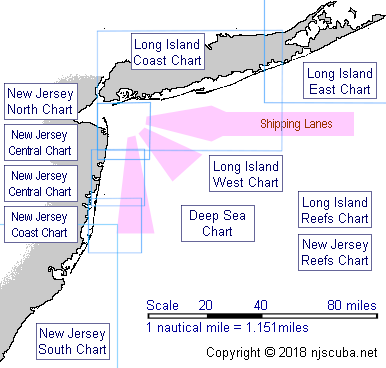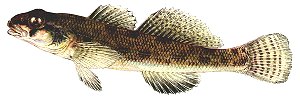Dive Sites (44/45)
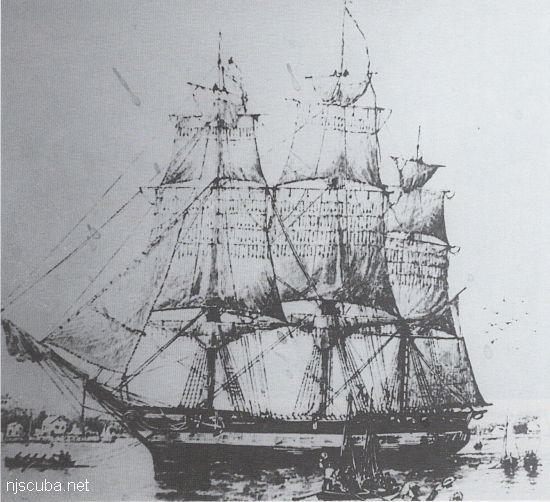
- Type:
- shipwreck, sailing ship, England
- Specs:
- ( 287 x 38 ft ) 2458 gross tons, 300+ passengers & crew
- Sunk:
- Saturday October 22, 1853
ran aground in heavy fog - no casualties - Depth:
- 25 ft
More: Western World ...
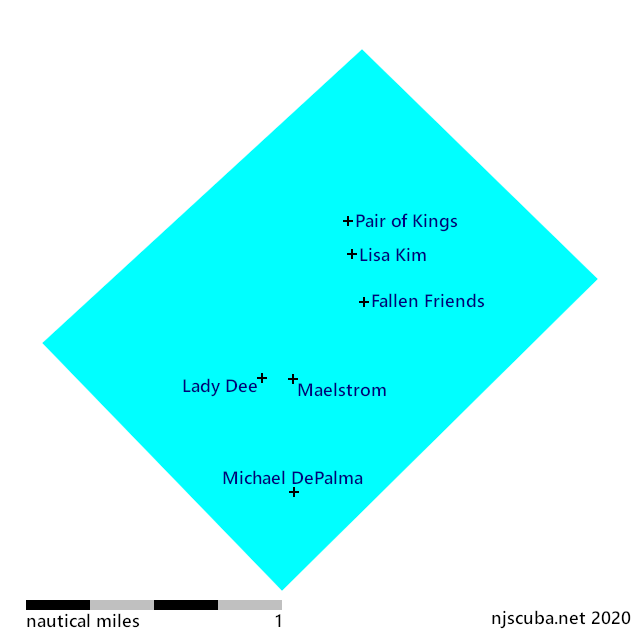
Depth: 40-65 ft
More: Wildwood Artificial Reef ...
- Type:
- shipwreck, barge
- Built:
- 1918
- Specs:
- 1041 tons
- Sunk:
- Monday September 3, 1934
foundered - no casualties - Depth:
- 42 ft
The Diggs was engaged in a salvage operation at the time of her loss and actually settled on top of another shipwreck, of unknown origin. The green blinker buoy for which it is known was removed after the wooden wreck was demolished in the 1970s. Also known as the "Green Blinker Wreck".
More: William B. Diggs ...
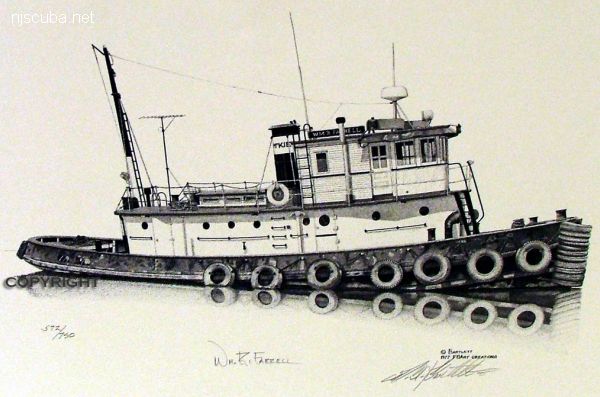
- Type:
- shipwreck, tugboat, USA
- Built:
- 1900
- Specs:
- ( 61 ft )
- Sunk:
- 1979
- Depth:
- 55 ft
More: William R Farrell ...
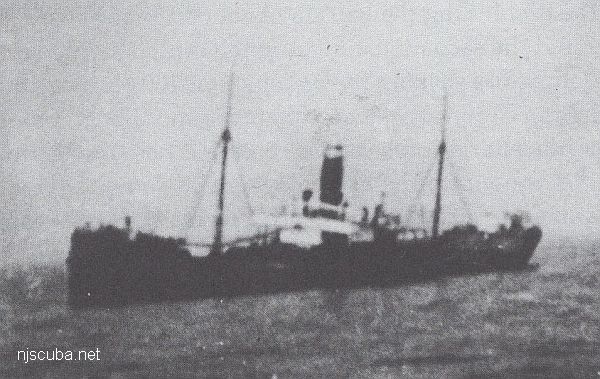
- Type:
- shipwreck, freighter, USA
- Name:
- Named for a town in eastern Wisconsin?
- Built:
- 1907, England, as Hogland
- Specs:
- ( 271 x 39 ft ) 1869 gross tons
- Sunk:
- Sunday June 2, 1918
bombed by U-151 - no casualties - Depth:
- 220 ft
More: Winneconne ...
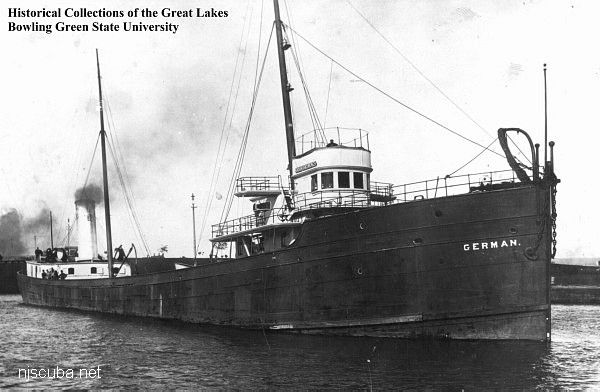
- Type:
- shipwreck, Great Lakes freighter, USA
- Built:
- 1890, USA, as German
- Specs:
- ( 296 x 40 ft ) 2418 gross tons, 30 passengers & crew
- Sunk:
- Wednesday June 11, 1919
collision with liner Argentina - no casualties - Depth:
- 110 ft
More: Yankee (G&D) ...
- Depth:
- 125 ft
This wreck was formerly thought to be the Yankee. However, the "G&D" was identified as the Yankee, leaving this wreck unidentified. It consists of engine, boilers, driveshaft, and propeller, and is reputed to be a good lobster wreck.
More: Yankee (Old) ...

